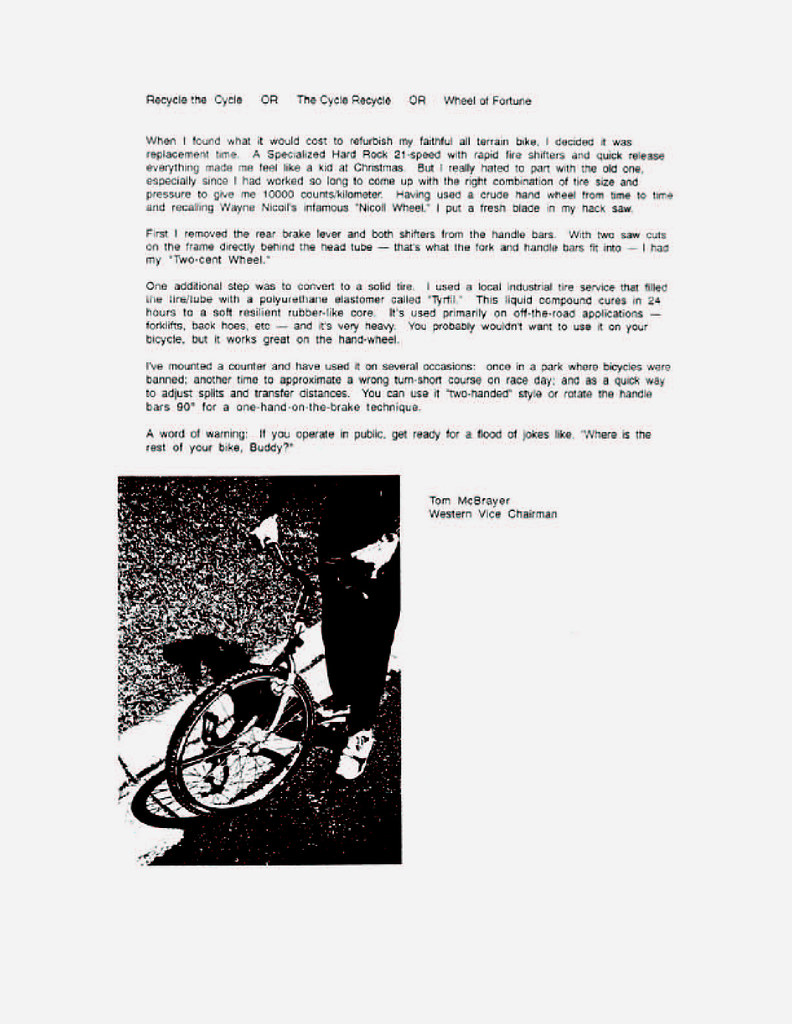The accuracy of GPS location depends upon the operator being able to read the instrument to the desired level of precision. I don't own a GPS.
If I want to know where I am, what will I read on my GPS? Degrees/minutes/seconds/fractional seconds? Fractional degrees? How many decimal places?
Considering that one degree of latitude at the equator is a bit over 100 kilometers, it will take a pretty precise readout to get a location within a few centimeters.
Can anyone provide information on this?
Original Post

